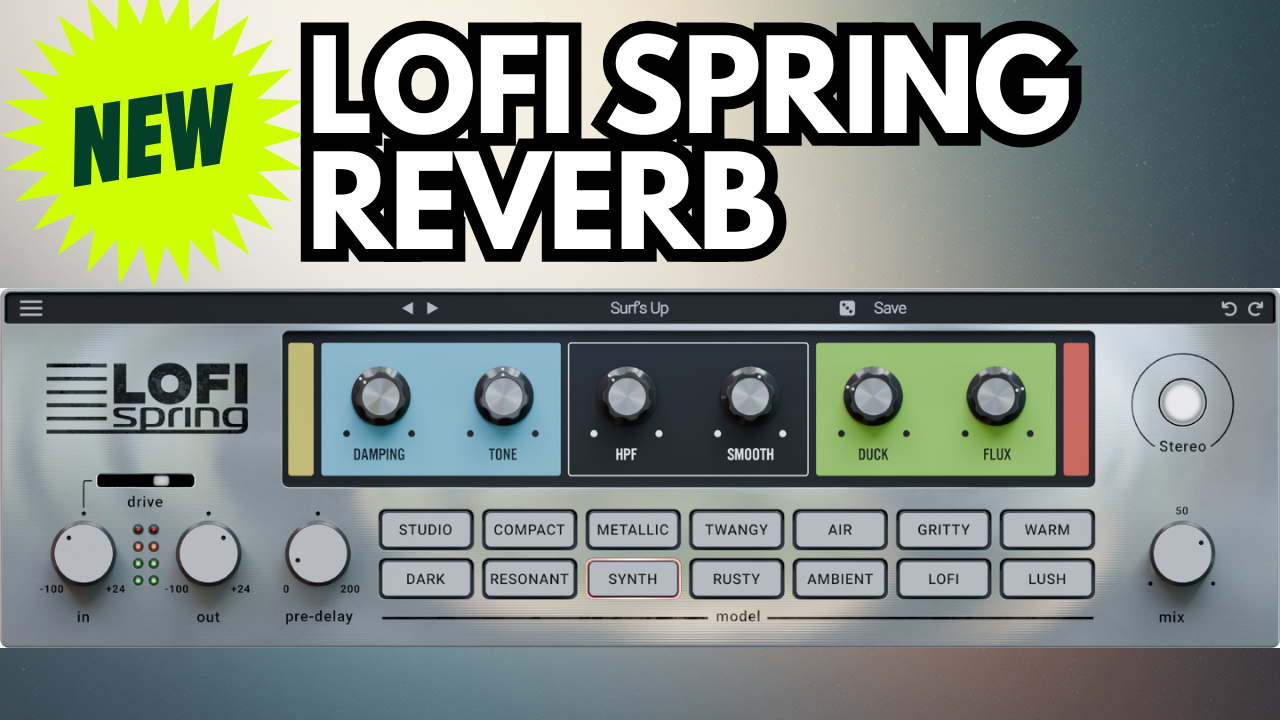If you’re using Steven Slate Drums 5 (SSD5) in Logic Pro and want full control over your drum mix, setting up multiple outputs is essential. This allows you to process each drum separately, adding EQ, compression, and effects to individual elements like the kick, snare, and cymbals. In this guide, we’ll walk you through the step-by-step process of routing SSD5 in Logic Pro for a pro-level drum mix.
Related Posts:
- How to Set Up Multi-Output for Synthesizer V by Dreamtonics in Logic Pro
- How to Set Up Multi-Output for MODO Drums in Logic Pro
- How to Create Multiple Outputs for Kontakt 8 in Logic Pro
- How to Set Up Triaz Drum Machine Multi-Output in Logic Pro
Why Use Multiple Outputs in SSD5?
By default, SSD5 routes all drums through a single stereo output, limiting your ability to mix and process individual drum elements. Setting up multiple outputs allows you to:
✅ Apply unique effects to each drum (e.g., reverb on snare, EQ on kick)
✅ Balance individual drum levels for a professional mix
✅ Enhance drum dynamics with precise compression and gating
✅ Route drums for parallel processing and automation
If you want full creative control over your drum mix, this is a must-know technique!
Step 1: Load SSD5 in a Multi-Output Instrument Track
- Open Logic Pro and create a new Software Instrument track.
- In the instrument slot, select Steven Slate Drums 5.
- Click on the + icon in the plugin slot to change the stereo instrument to Multi-Output (16x Stereo).
Step 2: Assign Drums to Separate Outputs
- Open SSD5 and navigate to the Mixer tab.
- Each drum piece (kick, snare, toms, cymbals) will be assigned to the Master output by default.
- Change the output of each drum by selecting a different output channel (e.g., Kick → Output 3-4, Snare → Output 5-6, etc.).
- Close SSD5 and return to Logic Pro.
Step 3: Create Auxiliary Tracks in Logic Pro
- Click on the + button next to the SSD5 instrument track in the Mixer.
- Logic will ask how many aux tracks you want to create—add as many as needed for your individual drum tracks.
- Rename each aux track accordingly (e.g., Kick, Snare, Hi-Hat, Toms, etc.).
Step 4: Apply Mixing & Effects
- Now that each drum has its own track, you can add individual plugins (EQ, compression, reverb, etc.).
- Balance levels and pan drums for a realistic stereo image.
- Use bus processing for overheads and room mics to glue the mix together.
Step 5: Final Adjustments & Exporting
- Listen to the mix and make final EQ and compression tweaks.
- Automate volume changes to add dynamics.
- Once satisfied, bounce your drum mix separately or within your full track.
Conclusion
Setting up multiple outputs in SSD5 within Logic Pro may seem tricky at first, but once mastered, it completely transforms how you mix your drums. With separate control over each element, you can achieve a punchy, professional, and polished sound.
💬 Got questions? Drop them in the comments below! And if you found this guide helpful, share it with fellow producers. 🎶
Keywords: Steven Slate Drums 5, SSD5 Logic Pro, Logic Pro drum routing, SSD5 multi-output, Logic Pro drum mixing, home studio mixing, Logic Pro mixing tips, drum production, music production tips.
Related Posts:
- How to Set Up NI Battery Multi-Outputs in Logic Pro (Step-by-Step Guide
- Is dbDone the Ultimate Music Production Hack? (Honest Review)
Over 4 Million Sounds
Turn samples into songs with a versatile plugin suite. Loopcloud DRUM and Loopcloud PLAY craft pro‑quality beats and melodies that sound like you, and no one else.




